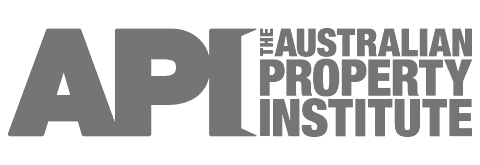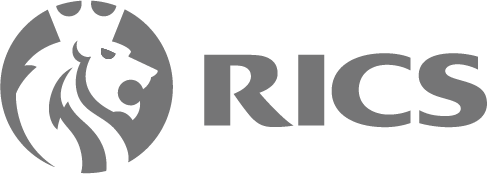Our PP&E Valuation Methods
At Plant and Equipment Valuation VIC, we use many asset valuation methods to create a valuation report that is accurate and suitable for your situation. In most cases, a Melbourne plant & equipment valuer uses 2-3 valuation methods when creating their report. There will be one method that serves as the primary method of valuation and other secondary methods to support and refine the final market value figure. In your valuation report, the valuer will state their primary valuation method and the other methods they have used as a supplement. There are three methods that plant & equipment valuers most commonly use, these are:
- Direct Sales Comparison
- Income Capitalisation
- Depreciated Replacement Cost
Direct Sales Comparison
Direct Sales Comparison, also known as the Comparison Approach, is a common approach to valuations that uses the sales of comparables to help determine the value of any asset. Most are familiar with this method through property valuations, but it is very effective in valuations of all manner of fixed assets including property, plant and equipment.
To use this method, a plant and equipment valuer will find assets that are the same or very similar to the subject asset. They must be of about the same age, condition, use, make/model or have any other important attributes in common. Some assets may be quite old making comparables impossible to find. In these cases, a valuer may use a modern equivalent asset (MEA), which is an asset of the same use/ purpose with a contemporary design or construction.
Income Capitalisation
One of the most favoured fixed asset valuation methods for investors. The income capitalisation method, aka the income approach to valuations, assesses the income an asset generates within a year. This income is continuous and is not generated through the sale or consumption of an asset.
There are two important components to this valuation method, the first is the Net Operating Income (NOI) and the second is the Capitalisation Rate (Cap Rate). NOI is the amount of income an asset has produced less the operating expenses such as taxes and liabilities. The Cap Rate is an estimate of the return on investment, presented as a percentage. To find the value of an asset with this method, the asset valuer divides the Net Operating Income by the Capitalisation Rate.
This is a method of valuation that is commonly used for real property but can be used for any asset that can generate its own income. Asset valuers pair this method with other methods of asset valuation as a secondary method of valuation. The primary valuation method determines the value of the asset, and this method will aid in deciding whether the asset is a worthy investment.
Depreciated Replacement Cost
Due to the nature of tangible (fixed) assets, they will depreciate over time. This may be slowed down by keeping the asset well maintained but eventually, an asset may need to be replaced due to no longer being functional or technical obsolescence. Many believe that depreciation is a process of asset valuation but, the valuation method is in determining the cost of replacement due to depreciation.
A plant and equipment valuer must investigate and examine the asset to calculate its replacement cost and therefore its value. The following is considered by the valuer and included in the report:
- Identification: information used to identify the asset which may be the name, address, model number and/or registration details.
- Description: clarification of what the asset is, what it looks like and how it is used. An image of the asset may also be included in the report.
- Remaining life: an estimation of the remaining useful life of the asset, based on comparables, warranty, frequency of use, maintenance, condition, and depreciation method.
- Depreciation method: there are several ways to determine the depreciation of an asset and a valuer must disclose this method just as they would the valuation method. Two examples of depreciation methods for plant and equipment include Straight-line Depreciation and Units of Production.
The sum of all this and everything else that impacts the cost of replacing the asset is what forms the market value of the asset. This is very much similar to the cost approach to valuations which is one of the most used and accepted forms of valuation.
Why Choose Us?
As the plant and equipment experts of Victoria, our valuers know what methods to use to achieve the best results from your valuation. We take the time to discuss with our clients what they hope to get out of their valuation report, and we will tailor it accordingly.
Our reports are highly professional and fully compliant with all relevant domestic and international valuation standards. For example, our property, plant, and equipment valuations strictly follow the guidelines established by the Australian Property Institute (API) and the Royal Institution of Chartered Surveyors (RICS)—with many of our experts also holding AVI qualifications. This rigorous adherence guarantees that you receive accurate, reliable, and legally recognised assessments every time.
The valuers of Plant and Equipment Valuation of VIC have more experience than the average valuer. Our valuers each have been a Certified Practising Valuer of Plant & Machinery (P&M) for over 20 years. Throughout the years they have developed their skills and gained specialised knowledge that allows us to provide a service that is efficient, precise, and accurate.
If you have any questions about our valuation methods, feel free to ask one of our many plant & equipment specialists. We are always happy to share our expertise. Contact us via our online form or call us on (03) 9008 7267.





